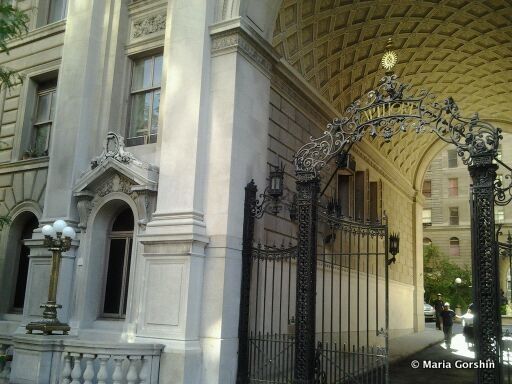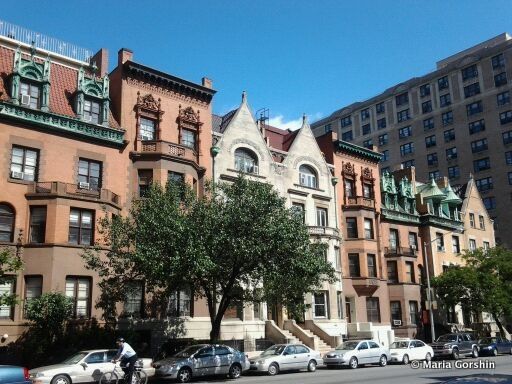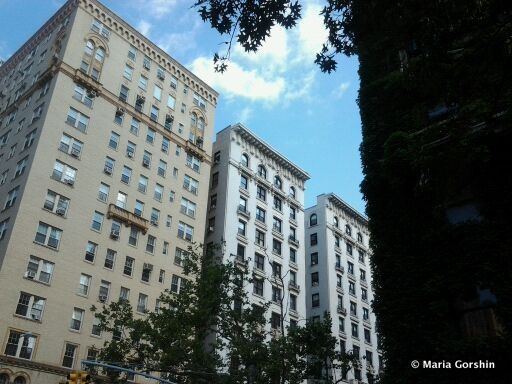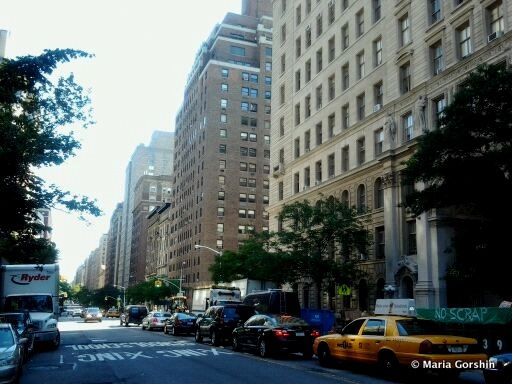How to Make a Subway Map with John Tauranac
Hear from an author and map designer who has been creating maps of the NYC subway, officially and unofficially, for over forty years!


A gathering of the great, the good and the opinionated took place this week in one of New York’s grandest municipal buildings near City Hall. The occasion was a public hearing held at the Landmarks Preservation Commission. The purpose brought together long-time residents of the Upper West Side, one of New York’s most beloved neighborhoods. All gathered to present testimony for and against the proposed extension of an existing historic district.

Nine stories below, on streets crowded with sightseers, visitors pointed their cameras at classic New York sights but if they had somehow stumbled upon the meeting upstairs they would have discovered the city at its authentic best.
The public hearing room at One Centre Street filled quickly with Upper West Siders prepared to air their views about proposed changes to West End Avenue, a graceful stretch of the Upper West Side lined with ornate rowhouses and elegant apartment buildings. The avenue captures, in stone and ornamentation, the architectural history of Manhattan. Polished New Yorkers and dapper gentlemen alternated with their charmingly crumpled neighbors at a podium where each stood before the committee tasked with having to decide the future of a district that all are passionate about. They came equipped with well-chosen words and ideas supported by research and experience.

Residents in favor of preserving their neighborhood and seeing it protected from the sort of development that has marred other communities, urged the LPC to “Allow us to enjoy the collective history of this area” by voting in favor of extending landmark status to additional area buildings.

“What makes New York is being torn out by developers,” said Marie Kirsch, a long-time area resident. Others who shared her perspective spoke of protecting the areas vitality and heritage. When Henry Adams of State Senator Bill Perkins
office spoke of extending protections even further north in Manhattan, snickers from the last row in the room were accompanied by one voice saying, “Yes, of course, we’ll have gondolas in West Harlem” and another adding, “and Venice on the Hudson.” (Sharp wit and outspokenness are as much a part of the New York landscape as are Pre-war buildings topped with water tanks.)

The future of the neighborhood that has always been home to artists, professors, bohemians and creators of every sort was defended against “over-preservationism” by locals as disparate as an architectural historian and representatives of a 215-year-old church that serves as an integral part of the community. They spoke of the prohibitive cost of maintaining their decidedly un-architecturally significant buildings and the over-regulation they would be subject to if all of West End Avenue were to become one enormous historic district. Representatives of Rutgers Church spoke persuasively of “bursting at the seems” and being unable to serve their community in their current small buildings. Many supported historic districting as long as they could be exempt, calling for “carve outs!”


All together it was an impressive example of how New York works, at least in theory — from grassroots up, impacted by the actions of vocal, engaged residents. No decisions were made yesterday — another public hearing is scheduled for later this year — but however the Landmarks Preservation Commission votes — for growth and development, for exemptions or for acknowledging that “West End Avenue is greater than the sum of its parts” and protecting it in total, (the plain buildings along with the treasures), it’s clear the future of the Upper West Side matters deeply to all who live within its boundaries.
Maria Gorshin also writes for her blog, City Girl Writes, sharing stories from the Upper West Side and more.
Subscribe to our newsletter